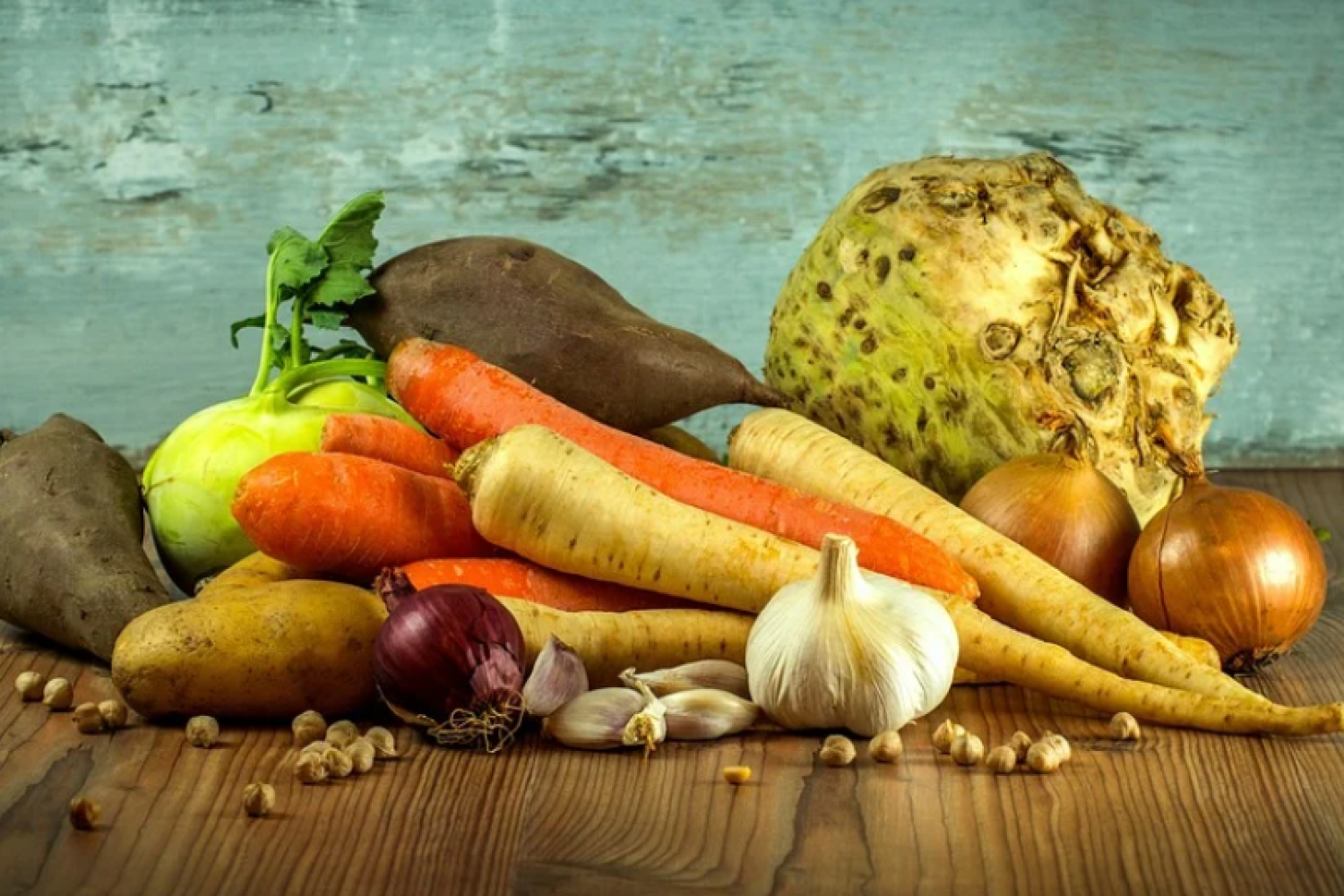It was not so long ago …
that fermented food was ubiquitous in our households and the fermentation of fruit and vegetables was ubiquitous knowledge.
It seemed to have been lost in the mainstream for a long time – the knowledge of canning and fermenting. Our grandparents preserved harvested vegetables in this way and one could enjoy the treasures of the garden all year round. Today, often lack the time, knowledge, space, garden.
Whatever the excuse, the knowledge of the mode of action has been lost, and thus we indirectly weaken our intestinal health. In fact, the positive side effect of preservation was also health. Fermented vegetables help us absorb important enzymes, minerals and trace elements. It thus significantly supports our digestive system with. With microorganisms and their produced acids during fermentation, we preserve most vitamins when preserving vegetables, increase for example the content of free amino acids, palmitic and short-chain fatty acids, histamine and vitamin C, while sugar is broken down.
Not only naturally preserved, but prepared for our digestion!
If in the past it was still possible to start fermentation with the help of wild fermentation due to numerous available ferment-active microorganisms on the vegetables and in the air or to infect them with previous approaches, nowadays for a safe and high-quality fermentation are goal-oriented, which at the same time can provide valuable microorganism strains, which are also beneficial for our digestion and as a symbiotized microorganism complex during fermentation can quickly and reliably build up a regenerative milieu.
For more information and the many applications of the biological kitchen helper, MikroVeda Fermentstarter, see our special article.
What can I ferment as vegetables?
Almost anything is suitable for fermentation, such as cauliflower, broccoli, green beans, cucumbers, celeriac, kohlrabi, corn on the cob, carrots, cabbage (sauerkraut), peppers, beet, red cabbage, silver onions, semi-ripe tomatoes, white cabbage or savoy cabbage, to name a few examples. The microorganisms that are initially crucial for successful fermentation are lactic acid bacteria. However, these cannot work as effectively on their own as they can in a coordinated community of microbes that additionally contribute important metabolites for the benefit of stability.
What is crucial in fermentation?
The decisive factors in the fermentation process are temperature, salt content and air exclusion. But that’s not all. In our articles you will find instructions for lactic fermentation and interesting recipes, also get to know our versatile MikroVeda ferment starter and create durable foods that support you in your balanced, healthy diet ideal in everyday life.


